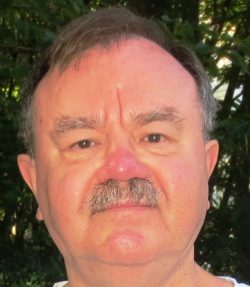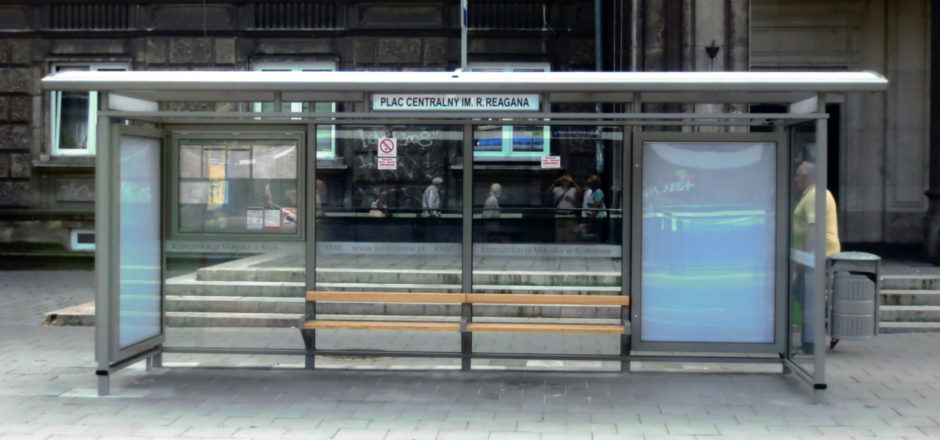The left-wing American journalist Lincoln Steffens, after a three-week visit to the new Soviet state in March 1919, famously proclaimed, “I have seen the future and it works.”
However, during my visit to the model Polish Communist city of Nowa Huta, created after World War II, I can confidently declare that I have seen the city where, in Eastern Europe, Communism died.
Funded by the Soviet Union, Nowa Huta, located some six miles east of Krakow, was meant to become the antithesis of the former royal capital, with its medieval and bourgeois past. It would be designed in the style known as socialist realism, and its architecture would become one of which the new proletarian Poland would be proud. It would provide a showcase to the world.
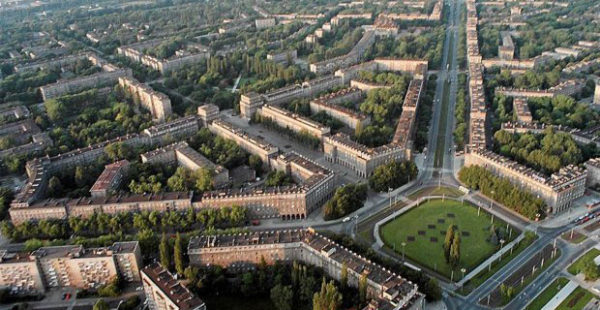
Construction was part of the six-year plan (1950-1955), which stated that the condition for “building the foundation of socialism” was primarily the rapid industrialization of the country. Therefore, metallurgy and machine industry were to be expanded, which in turn allowed the development of the armaments industry, essential in case of war.
Work on the city began in 1949. Built in the shape of a semi-circle, alongside the stupendous steel works where its citizens would work, it was the pride of the new Communist Poland.
Nowa Huta’s main square, at the confluence of five main thoroughfares, was surrounded by monumental buildings, between which there were residential quarters marked with consecutive letters of the alphabet.
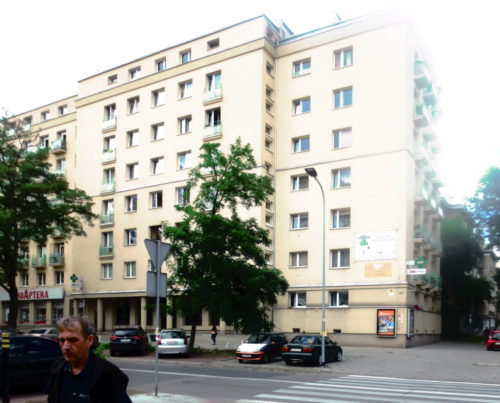
They were mini-towns, smothered in greenery and self-sufficient, equipped with air-raid shelters and defensively strong. In time, the socialist town center was surrounded by more estates which reflected the country’s evolving socialist architecture.
The steel mill, named for Vladimir Lenin, the founder of the Soviet Union, accounted for about half of the nation’s iron and steel output, and the dormitory suburb grew to house more than 200,000 people.
It began operations in 1954 and in its heyday in the 1970s the plant employed almost 40,000 people and annually produced almost seven million tons of steel. The city lived in the shadow of the plant.
In the 1980s, it was one of the most important centers of anti-communist resistance, with numerous strikes and street demonstrations taking place under the auspices of the Solidarnosc trade union movement.
The steelworks would be scaled back after the fall of Communism. In 2005, it was sold to the multinational company ArcelorMittal, the world’s largest steel producer. Today it employs just 3,000 people.
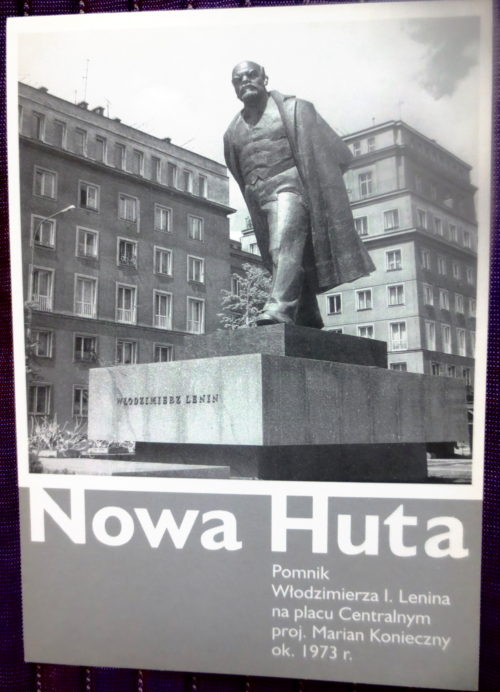
A short streetcar ride from Krakow takes a visitor to Nowa Huta’s Plac Centralny. From 1973 to 1989, an enormous statue of Lenin, erected to commemorate the centenary of his birth, towered over it. The statue was often vandalized, and in 1973 there was an attempt to blow it up. It was finally dismantled and sold to a Swedish buyer following the end of Communist rule in Poland in 1989.
But, to heap irony upon irony, the square over which Lenin once ideologically presided was renamed for the late U.S. President Ronald Reagan in 2004.
The Poles have not forgotten that when the Communist government declared martial law and outlawed Solidarnosc in October 1982, Reagan responded with a speech to the American people that ended with the words “Let Poland be Poland.”
Streets formerly named after Lenin and the Cuban Revolution have also been renamed, to honor Pope John Paul II and the Polish general Władyslaw Anders, among others.
On the other hand, on Ul. Obroncow Krzyza sits the Church of Our Lady, Queen of Poland, commonly known as the “Lord’s Ark,” because the overall shape of the building resembles a ship. It has a lunar stone in its tabernacle brought back from the moon by American astronauts.
As early as 1960, inhabitants of Nowa Huta began applying for permission to build a church. During the same year, violent street demonstrations erupted over a wooden cross, erected without a permit.
Construction of the first church in this formally atheistic municipality, built in the face of fierce Communist opposition, started when the then Polish Cardinal Karol Wojtyla, who would become Pope John Paul II, turned the first sod. Built entirely by volunteers between 1967 and 1977, and consecrated by the future pope, it was the scene of violent clashes with Communist riot police in the 1980s.
On Al. Jana Pawla II, the former Kino Swiatowid cinema, another exemplar of the socialist style, today houses the Museum of Poland Under the Communist Regime. It was opened in 2008. One of its originators and creators was the famous film director Andrzej Wajda.

At the entrance is a sculpture called “Stalin’s Boots,” a replica of the boots from a 26-foot-tall statue of Stalin that was torn down during the Hungarian Revolution of 1956.
Dedicated to Polish history between 1944 and 1989, the museum recounts the story of everyday life in the former Polish People’s Republic.
The “Nuclear Threat: Shelters of Nowa Huta” exhibit is fascinating. A visitor learns about the intricate plans the city, and the rest of Poland, had for dealing with a potential nuclear attack during the Cold War years.
There were more than 250 protective structures located under blocks of flats, schools, kindergardens, and cultural institutions, including the museum.
The Communist authorities heightened these fears of nuclear war to allow them to justify the actions of the secret police and other repressive organs of the state.
There is also an exhibit recounting the hardships of life in the immediate post-war years, entitled “Packages from America.” Another exhibit provides an account of Polish attempts to help Hungarians in the aftermath of the 1956 Hungarian Revolution.
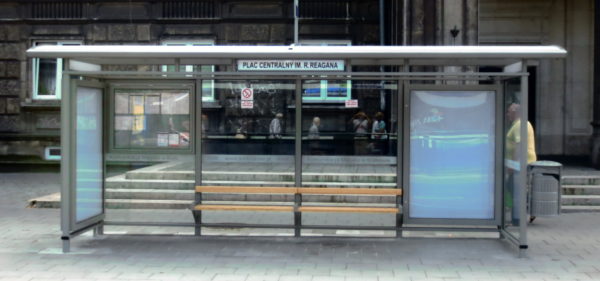
Due north of the Ronald Reagan Plac Centralny, on Os. Sloneczne, off the wide Al. Roz, sits the small but very informative Museum of Nowa Huta, created in 2005.
The museum is located on the ground floor of a four-story apartment building. Rotating exhibits explore the area’s history and contemporary development. The museum also arranges lectures and organizes academic conferences related to the district.
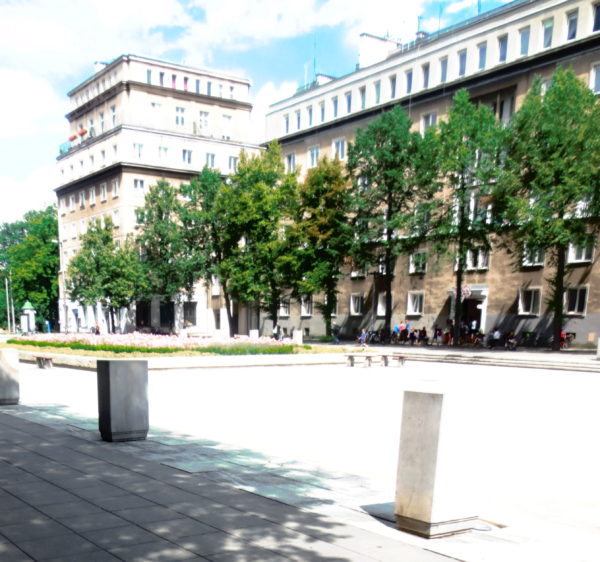
The utopian dream of the “new Man in the new City” never worked, and it turned out to be not the future, but rather the past, in a Poland now energetically pursuing the capitalist dream.
Henry Srebrnik, a professor of political science at the University of Prince Edward Island, is currently visiting Poland.
